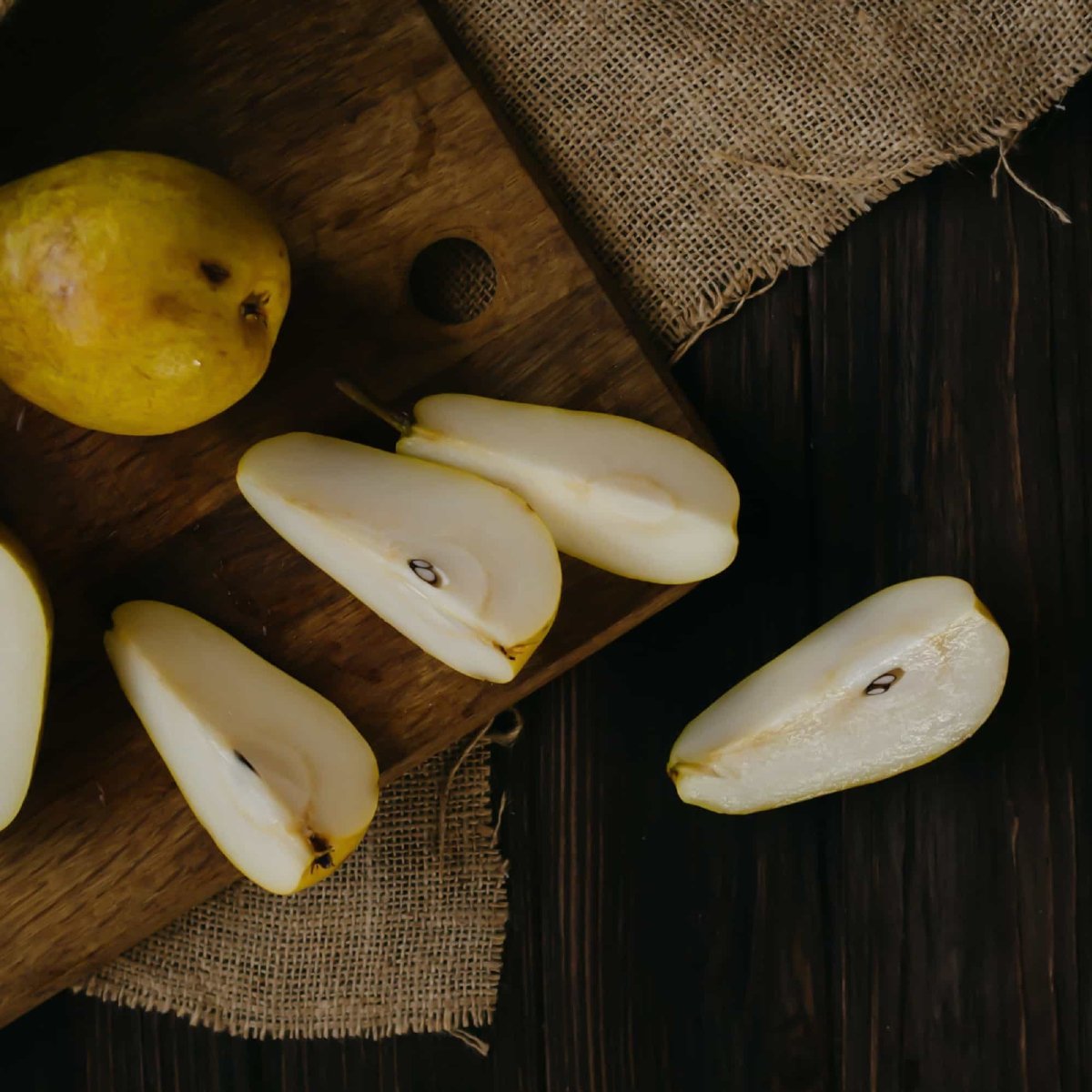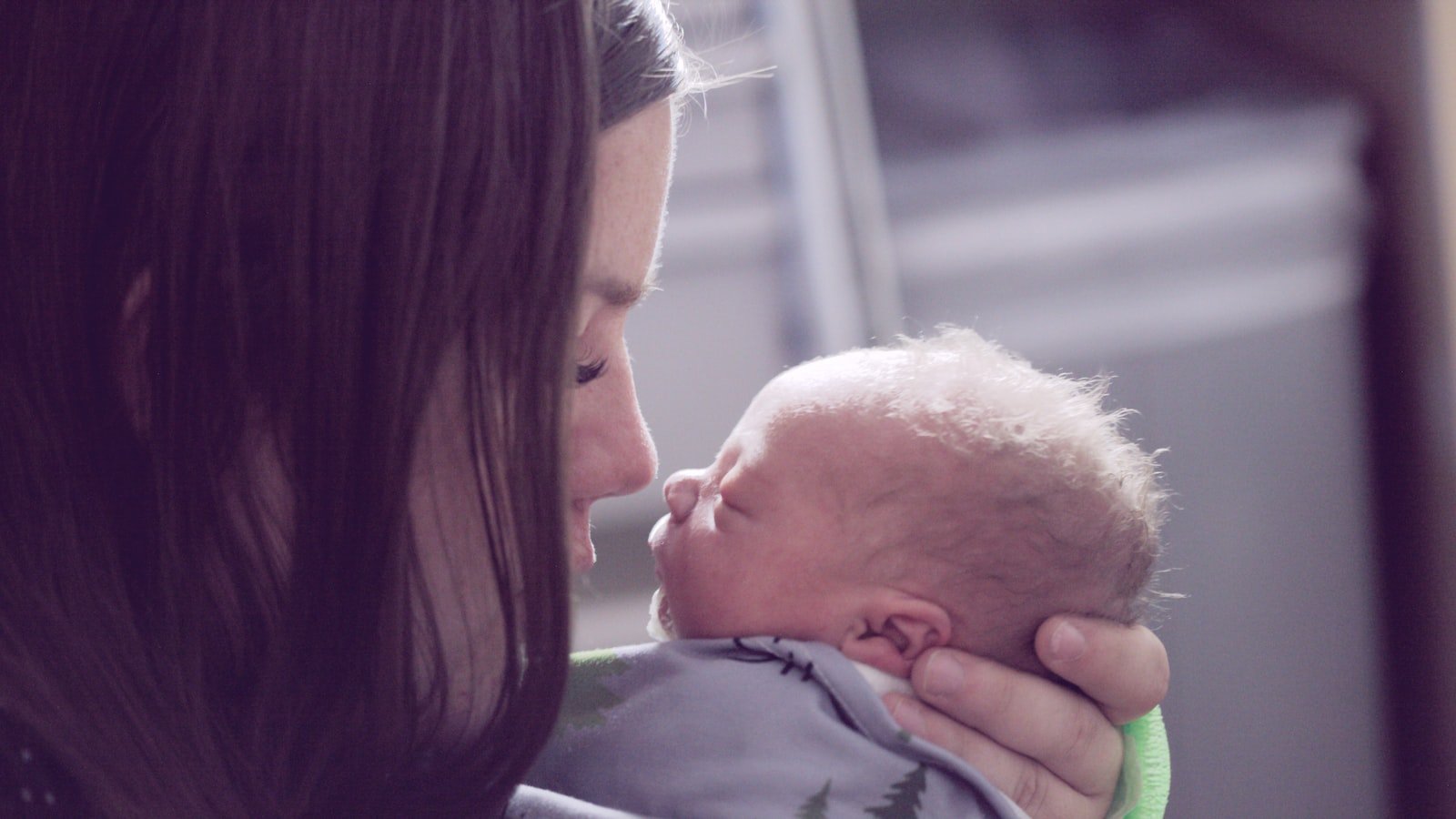Exhausted, elated, and a little overwhelmed – the whirlwind of emotions that follow the joyful arrival of a baby can be quite the rollercoaster. Amidst the sleepless nights, endless diaper changes, and the overwhelming love, another unexpected (and quite uncomfortable) guest might have made an appearance: postpartum constipation. Yes, that unwelcome visitor that stubbornly refuses to leave. But fear not, new moms! With a few simple precautions and gentle exercises tailored to your post-baby body, you can bid farewell to constipation, embrace a healthier lifestyle, and regain control over your wellbeing. So, put on your workout gear, grab a water bottle, and let’s embark on a safe and effective postpartum exercise journey that will have you feeling lighter and livelier in no time.
Table of Contents
- Understanding the Impact of Postpartum Constipation on Exercise Routines
- Tips for Modifying Exercise to Manage Postpartum Constipation Symptoms
- Integrating Gentle Exercises into a Postpartum Constipation Relief Routine
- Key Considerations for Exercising Safely and Effectively with Postpartum Constipation
- Promoting Digestive Health through Mindful Exercises and Lifestyle Changes
- Q&A
- The Conclusion

Understanding the Impact of Postpartum Constipation on Exercise Routines
The Hidden Challenge: Postpartum Constipation
After giving birth, many new mothers are eager to resume their exercise routines, not only to regain their pre-pregnancy strength but also to promote overall well-being. However, there is a hidden challenge that often goes unnoticed – postpartum constipation. This common condition can significantly impact a new mother’s ability to engage in regular physical activity.
Why does Postpartum Constipation matter?
Postpartum constipation matters because it can hinder a new mother’s ability to establish or maintain an exercise routine. The discomfort and pain associated with constipation may discourage women from engaging in physical activity, leading to a sedentary lifestyle. Furthermore, constipation can disrupt sleep patterns and affect energy levels, making it even more challenging to find the motivation to exercise.
The Importance of Prioritizing Bowel Health
To ensure a successful return to an exercise routine after childbirth, new mothers should prioritize their bowel health. Here are some key factors to consider:
- Hydration: Drinking enough water throughout the day is essential for maintaining regular bowel movements.
- Diet: A diet rich in fiber (fruits, vegetables, whole grains) can help prevent constipation and promote healthy digestion.
- Physical Activity: Incorporating gentle exercises, such as walking or yoga, can stimulate bowel movements and alleviate constipation.
- Stress Management: High levels of stress can contribute to constipation. Finding time for relaxation techniques or engaging in activities that reduce stress can improve bowel function.
By and adopting strategies to promote healthy bowels, new mothers can ease discomfort and maintain an active lifestyle as they embark on their postpartum fitness journey. Remember, taking care of both your physical well-being and digestive health is crucial during this transformative phase of motherhood.
Tips for Modifying Exercise to Manage Postpartum Constipation Symptoms
Managing postpartum constipation symptoms can be challenging, but with the right modifications to your exercise routine, relief may be within reach. Here are some creative and unique tips to help you alleviate discomfort and promote regular bowel movements:
1. Gentle Yoga: Incorporating gentle yoga poses into your workout routine can help stimulate digestion and relieve constipation. Poses like the Child’s Pose, Cat-Cow, and Supine Twist can promote relaxation in your abdominal muscles and encourage healthy bowel movements.
2. Walking: A simple and low-impact exercise, walking can do wonders for relieving constipation. Take a brisk walk outdoors while pushing your baby’s stroller or try walking on a treadmill. Walking stimulates the muscles in your abdomen and helps promote bowel regularity.
3. Pelvic Floor Exercises: Strengthening your pelvic floor muscles can also support healthy bowel movements. Kegel exercises, which involve contracting and releasing these muscles, can improve bowel function and prevent constipation.
4. Hydration: Don’t forget to stay hydrated! Drinking plenty of water throughout the day can soften stools and make them easier to pass. Aim for at least 8 glasses of water per day to maintain optimal hydration levels.
5. Fiber-Rich Diet: Incorporate fiber-rich foods into your meals such as fruits, vegetables, whole grains, and legumes. These can help add bulk to your stool and promote regular bowel movements.
Remember, it’s important to consult with your healthcare provider before starting any new exercise routine. By implementing these modifications and making healthy lifestyle choices, you can effectively manage your postpartum constipation symptoms and start feeling more comfortable in no time. Stay consistent, be patient, and listen to your body’s needs.
Integrating Gentle Exercises into a Postpartum Constipation Relief Routine
When it comes to postpartum constipation, finding relief can be a challenge. While medications and dietary adjustments can be effective, incorporating gentle exercises into your routine can also provide much-needed relief and promote overall well-being. These exercises not only help alleviate constipation but also aid in restoring your energy levels and promoting better digestion.
1. Pelvic Floor Exercises: Strengthening the pelvic floor muscles can improve bowel movements by stimulating the muscles responsible for pushing stool through the intestines. Kegel exercises are a simple yet effective way to engage these muscles. To perform a kegel exercise, simply contract the muscles that you use to stop the flow of urine. Hold for a few seconds, then release. Repeat several times throughout the day.
2. Walking: Don’t underestimate the power of a gentle walk. Not only does walking help stimulate the digestive system, but it also aids in relieving gas and bloating. Aim for at least 30 minutes of brisk walking each day. If possible, take your baby for a stroll in the park or explore your neighborhood. The fresh air and movement will not only benefit your physical health but also improve your mental well-being.
3. Yoga: Gentle yoga poses can be incredibly beneficial for postpartum constipation relief. Poses like the Cat-Cow stretch, seated forward bend, and gentle twists help stimulate the abdominal region and encourage bowel movements. If you’re new to yoga, consider joining a postnatal yoga class, where instructors will guide you through exercises specifically designed for new mothers.
By incorporating these gentle exercises into your postpartum constipation relief routine, you are taking proactive steps towards alleviating discomfort and promoting a healthier digestive system. Remember to consult with your healthcare provider before starting any new exercise regimen, especially if you have any specific health concerns or medical conditions.

Key Considerations for Exercising Safely and Effectively with Postpartum Constipation
When it comes to exercising after giving birth, there are a few key considerations to keep in mind, especially if you are experiencing postpartum constipation. Here are some tips to help you exercise safely and effectively, while also taking care of your digestive health:
- Stay hydrated: Drinking plenty of water throughout the day is crucial for keeping your body hydrated and promoting regular bowel movements. This is particularly important when you’re exercising because sweating can lead to dehydration. So, always keep a water bottle handy and aim to drink at least eight glasses of water daily.
- Incorporate gentle exercises: Engaging in low-impact exercises, such as walking, swimming, or yoga, can be beneficial for postpartum women, especially if constipation is a concern. These exercises can help stimulate bowel function without putting excessive strain on your body or pelvic muscles.
- Include fiber-rich foods in your diet: Eating a diet rich in fiber can aid in relieving constipation. Include foods like whole grains, fruits, vegetables, and legumes in your meals to increase your fiber intake. It’s always recommended to consult with a healthcare professional or a registered dietitian to ensure an appropriate diet plan.
- Listen to your body: Above all, it’s important to listen to your body and not push yourself too hard. If you’re feeling overly fatigued or experiencing discomfort while exercising, it may be a sign to scale back or modify your routine. Resting when needed and prioritizing your well-being is crucial for the postpartum recovery process.
Promoting Digestive Health through Mindful Exercises and Lifestyle Changes
When it comes to promoting digestive health, there is much more to it than just what we eat. Mindful exercises and lifestyle changes can play a significant role in improving our digestion and overall well-being.
One way to promote digestive health is through mindful exercises such as yoga and meditation. These practices help reduce stress and promote relaxation, which can have a positive impact on our digestion. Yoga poses like the child’s pose, twists, and forward folds can gently massage the digestive organs and improve blood flow to the area. Meditation, on the other hand, allows us to focus on our breath and quiet the mind, reducing anxiety and promoting a healthy gut.
Aside from exercises, making lifestyle changes can also contribute to better digestive health. One important aspect is to eat mindfully. Slow down and pay attention to your body’s cues of hunger and fullness. Chew your food thoroughly to aid digestion and prevent overeating. Additionally, incorporating probiotics into your diet can have a positive impact on your gut health. Foods like yogurt, kefir, sauerkraut, and kimchi contain beneficial bacteria that can support a healthy gut microbiome.
By incorporating mindful exercises like yoga and meditation, along with making lifestyle changes such as eating mindfully and including probiotics in your diet, you can promote digestive health and improve your overall well-being. Remember, a healthy gut leads to a happy you!
Q&A
Can exercise help with postpartum constipation?
Yes, exercise can help alleviate postpartum constipation by stimulating bowel movements and improving digestion. However, it is important to exercise safely and maintain a healthy diet alongside regular physical activity.
What are some safe exercises to try?
Gentle exercises like walking, yoga, and swimming can help relieve postpartum constipation without putting excessive strain on the body. Start with low-impact activities and gradually increase intensity as your body adjusts.
How long should I wait after giving birth to start exercising?
It is recommended to wait at least six weeks after giving birth before resuming exercise, but always consult with your healthcare provider for personalized advice. This allows your body to heal and recover from childbirth.
Are there any exercises I should avoid?
Avoid high-impact exercises, such as running or jumping, in the early postpartum period as they can strain your pelvic floor muscles. Additionally, exercises that involve heavy lifting may exacerbate constipation, so it’s best to proceed with caution.
What precautions should I take while exercising?
Stay hydrated and listen to your body. If you experience any pain, dizziness, or discomfort, stop exercising and consult with your doctor. Pay attention to your breath and engage your core muscles to support your body during physical activity.
How can a healthy diet complement my exercise routine?
Eating foods rich in fiber, such as fruits, vegetables, whole grains, and legumes, can help regulate bowel movements and relieve constipation. Combine this with regular exercise to promote a healthy digestive system.
Can breastfeeding affect postpartum constipation?
Yes, breastfeeding can contribute to postpartum constipation as it can cause dehydration. Make sure to drink plenty of water throughout the day, especially if you are breastfeeding, to prevent constipation and support overall well-being.
Are there any other tips for exercising safely?
Wear comfortable clothing and supportive shoes, warm up before exercising, and cool down afterward. Additionally, gradually increase the duration and intensity of your workouts to avoid straining your body. Remember, safety should always be a priority.
The Conclusion
As we wrap up this guide on exercising safely with postpartum constipation, remember that you are embarking on a journey of healing and self-care. While constipation can be a challenge, incorporating exercise into your routine can significantly alleviate the symptoms and bring back a sense of normalcy to your life.
Our creative exploration has led us through various exercises that are both safe and effective for tackling postpartum constipation. Staying active, hydrating adequately, and focusing on a fiber-rich diet will undoubtedly play an integral role in your recovery process.
However, always remember to consult your healthcare professional before starting any exercise regimen. Each postpartum journey is unique, and it is crucial to receive personalized advice to ensure your safety and well-being. They will guide you in choosing the appropriate exercises based on your condition, preferences, and overall health.
Rest assured, dear readers, that you are not alone in this journey. Many new mothers face the challenges of postpartum constipation, but with the right exercise and medical guidance, we can overcome them. Be patient and kind to yourself, as healing takes time. Embrace the gradual progress and cherish every step forward.
In time, you will find yourself feeling stronger and more resilient, both physically and mentally. Remember, the path to recovery is not just about eliminating constipation; it is about reclaiming your vitality, rediscovering your body’s strength, and forming a deeper connection with your own well-being.
So lace up those sneakers, put on some inspiring music, and let your body move with grace and determination. As you embark on your exercise journey, embrace each moment as an opportunity for healing, growth, and self-love. Trust in your body’s natural ability to heal and restore itself, for it is a miraculous vessel that has nurtured life.
And finally, remember that while postpartum constipation may be just one chapter in your life story, it does not define you. Through perseverance and self-care, you will conquer this obstacle and evolve into a stronger, more vibrant version of yourself. Allow exercise to be your companion on this transformative journey, and let it guide you towards a healthier, happier postpartum experience.
Wishing you strength, perseverance, and a joyous postpartum journey filled with remarkable triumphs. Remember, you are capable, you are resilient, and you have all the tools within you to overcome any obstacle that comes your way. Beat the constipation blues, one workout at a time.
As an affiliate, my content may feature links to products I personally use and recommend. By taking action, like subscribing or making a purchase, you’ll be supporting my work and fueling my taco cravings at the same time. Win-win, right?
Want to read more? Check out our Affiliate Disclosure page.